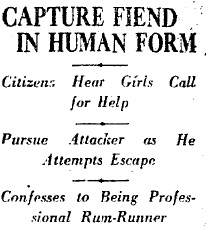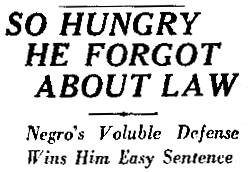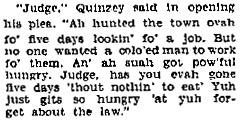May 18, 1927
Bath Township, Michigan
Maddened by a property tax increase for school construction on which he blamed his financial problems, Bath Township School Board member Andrew Kehoe plotted for months to exact his revenge against the very tykes whose need for an education had precipitated the mess. (Nathan, dear Nathan, much as you rail against the LAUSD and their anti-preservationist mania for pulling down whole city blocks, we hope it never comes to this for you.)
Over some months, while in his capacity as handyman, Kehoe stashed a huge cache of explosives inside the local elementary school. On his farm, he experimented with timers and bombs. And then finally, the great day came. This day. Kehoe beat his wife to death (you know, to spare her the shame, and so forth), tied his animals into their stalls, and set fire to his mortgaged farm. He had previously filled the back seat of his car with all the metal objects he could find, topping it off with a seasoning of dynamite. As all local fire crews raced to deal with this decoy fire, off Kehoe toddled, towards the school that he knew was about to blow.
The massive explosion that racked the Bath Township elementary school around 9:45 that morning caused the entire north wing of the building to collapse, and felt like an earthquake throughout the community. Dozens of children lay dead beneath the debris, while others moaned and shrieked. Parents and firemen came running to attempt rescue. But Kehoe wasn’t finished yet.
He arrived at the site of the disaster, looked upon his work for a moment, and then noticed School Superintendent Emory Huyck nearby. Kehoe crooked his finger, and as Huyck walked toward the car, Kehoe took a rifle and sent a shot into the center of the explosives in the back seat. The car exploded in a flurry of shrapnel, instantly killing Kehoe, Hyuck and several others, and further wounding many of the already-injured people on the scene.
Kehoe left one cryptic message at his farm: a stenciled wooden sign reading "CRIMINALS ARE MADE, NOT BORN."
The final death toll was 45. At Virginia Tech last month, 32. Something to ponder, the next time you hear the TV talking heads proclaiming Cho’s act "the worst school massacre in American history," as many did last month.
For more info, see the Bath School Disaster Wikipedia entry.





 May 12, 1927
May 12, 1927